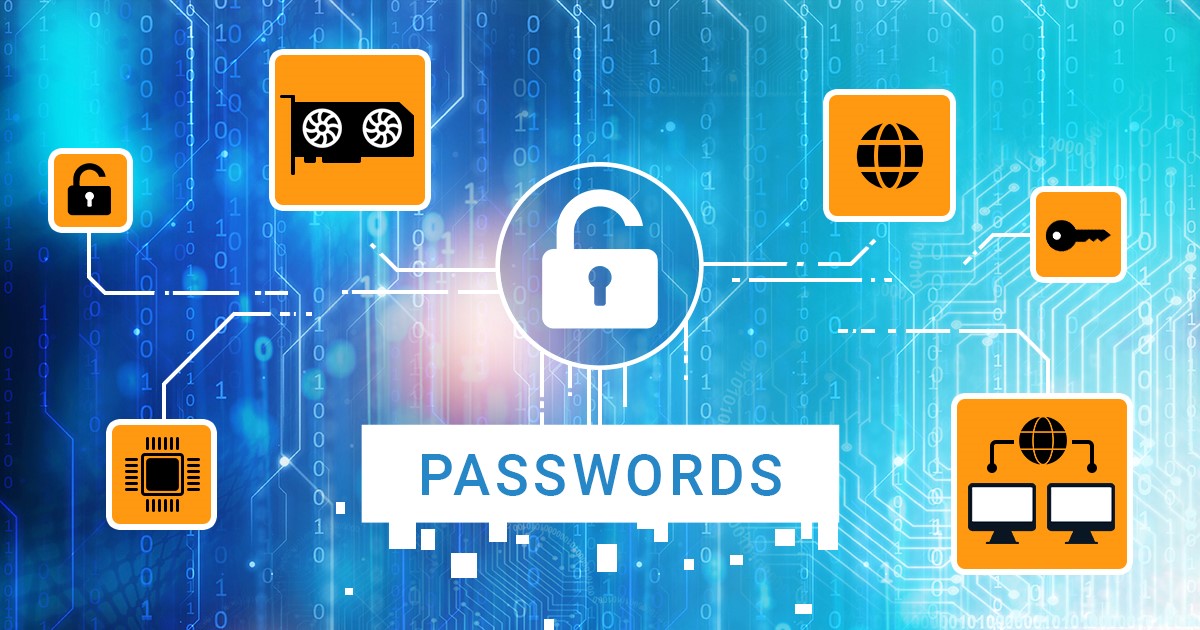The USB restricted mode was introduced in iOS 11.4.1, improved in iOS 12 and further strengthened in iOS 13. The USB restrictions are a real headache for iPhone investigators. We’ve discovered a simple yet effective trick to fool it in some cases, but currently it securely protects the iPhones from passcode cracking and BFU (Before First Unlock) extractions. However, there is a trick allowing you to obtain some information from devices with disabled USB interface. Learn how to use this trick with the recently updated iOS Forensic Toolkit.
The new build of iOS Forensic Toolkit is out. This time around, most of the changes are “internal” and do not add much functionality, but there is a lot going on behind the scenes. In this article, we will describe in details what is new and important, and how it’s going to affect you. We’ll share some tips on how to use the software in the most effective way, making sure that you extract all the data from iOS devices in the most forensically sound possible.
EIFT, Elcomsoft iOS Forensic Toolkit, Elcomsoft Phone Breaker, Elcomsoft Phone Viewer, EPB, EPV, full file system, iTunes, logical acquisition, macOS 10.15, macOS Catalina
With nearly half a billion users, Telegram is an incredibly popular cross-platform instant messaging app. While Telegram is not considered the most secure instant messaging app (this title belongs to Signal), its conversation histories do not appear in either iTunes or iCloud backups. Moreover, Telegram secure chats are not stored on Telegram servers. As a result, Telegram secret chats can be only extracted from the device of origin. Learn how to extract and analyse Telegram secret chats from the iPhone file system image.
Instant messaging apps have become the de-facto standard of real-time, text-based communications. The acquisition of instant messaging chats and communication histories can be extremely important for an investigation. In this article, we compare the five top instant messaging apps for iOS in the context of their forensic analysis.
Apple iCloud, Apple iCloud Drive, EIFT, Elcomsoft eXplorer for WhatsApp, Elcomsoft iOS Forensic Toolkit, Elcomsoft Phone Breaker, Elcomsoft Phone Viewer, EPB, EPV, EXWA, iMessage, Signal, Skype, Telegram, WhatsApp
The iPhone is one of the most popular smartphone devices. Thanks to its huge popularity, the iPhone gets a lot of attention from the forensic community. Multiple acquisition methods exist, allowing forensic users to obtain more or less information with more or less efforts. Some of these acquisition methods are based on undocumented exploits and public jailbreaks, while some other methods utilize published APIs to access information. In this article, we’ll compare the types and amounts of data one can extract from the same 256-GB iPhone 11 Pro Max using three different acquisition methods: advanced logical, full file system and iCloud extraction.
We recently introduced a new acquisition method for iPhone and iPad devices. The fast, simple and safe extraction agent requires no jailbreak, and delivers the full file system image and the keychain. The latest release of Elcomsoft iOS Forensic Toolkit expanded this method to iOS 13 and filled the gaps in some versions of iOS 12 that were missing support (such as iOS 12.3 and 12.4.1). Finally, we now officially support the latest generation of iPhone devices including the iPhone 11, iPhone 11 and iPhone 11 Pro. The new compatibility matrix becomes significantly more diverse with this release, so bear with us to learn which iOS devices can be extracted without a jailbreak.
In our recent article iPhone Acquisition Without a Jailbreak I mentioned that agent-based extraction requires the use of an Apple ID that has been registered in Apple’s Developer Program. Participation is not free and comes with a number of limitations. Why do you need to become a “developer”, what are the limitations, and is there a workaround? Read along to find out.
Elcomsoft iOS Forensic Toolkit can perform full file system acquisition and decrypt the keychain from non-jailbroken iPhone and iPad devices. The caveat: the device must be running iOS 11 or 12 (except iOS 12.3, 12.3.1 and 12.4.1), and you must use an Apple ID registered in Apple’s Developer Program. In this article, I’ll explain the pros and contras of the new extraction method compared to traditional acquisition based on the jailbreak.
The popular unc0ver jailbreak has been updated to v4, and this is quite a big deal. The newest update advertises support for the latest A12 and A13 devices running iOS 13 through 13.3. The current version of iOS is 13.3.1. None of the older versions (including iOS 13.3) are signed, but still there are a lot of A12/A12X/A13 devices floating around. Until now, file system and keychain extraction was a big problem. The newest unc0ver jailbreak makes it possible.
What is DFU, and how is it different from the recovery mode? How do you switch the device to recovery, DFU or SOS mode, what can you do while in these modes and what do they mean in the context of digital forensics? Can you use DFU to jailbreak the device and perform the extraction if you don’t know the passcode? Read along to find out.


